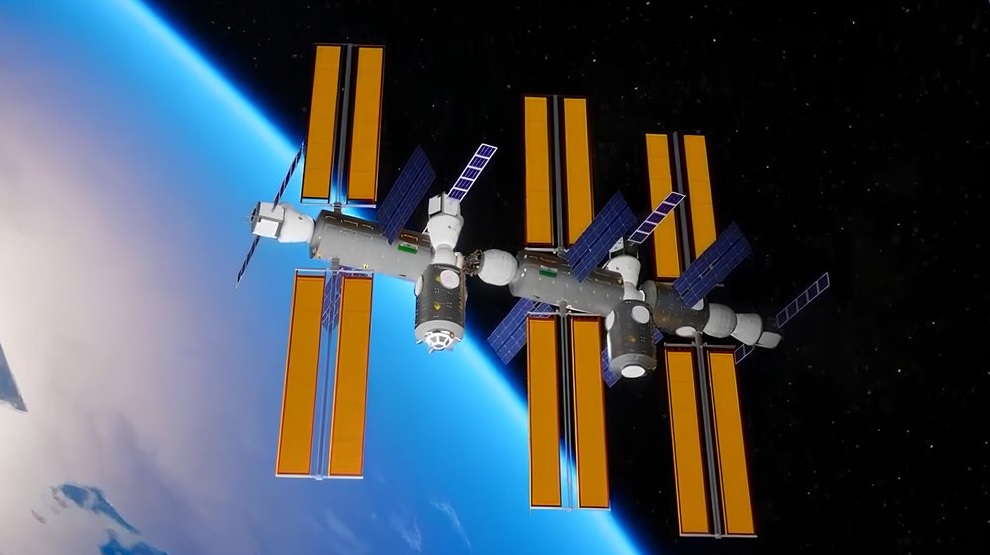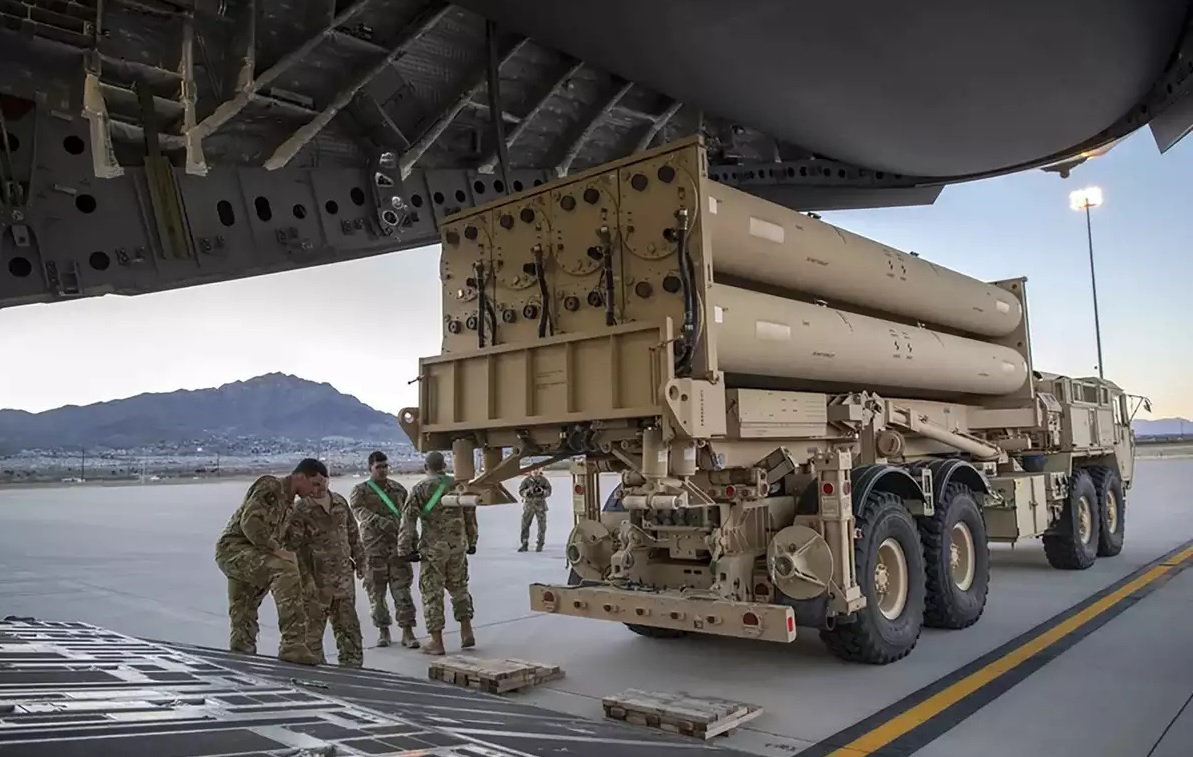ISRO Set to Conduct Gaganyaan Docking Test Before December 15

The Indian Space Research Organisation (ISRO) is gearing up for a crucial docking test, known as the Space Docking Experiment (Spadex), expected to take place before December 15, 2024. This docking test represents a significant step in the lead-up to India’s ambitious Gaganyaan mission, which will send astronauts into low Earth orbit, marking India’s debut in human spaceflight.
The Gaganyaan mission is at the heart of ISRO’s space exploration aspirations. It aims to demonstrate India's ability to conduct manned missions in space, further expanding its capability in the global space race. One of the mission’s vital components is the ability to dock spacecraft in orbit—a skill crucial not only for crewed missions but also for long-term projects like building India’s own space station and facilitating lunar missions like Chandrayaan-4.
The Importance of the Spadex Mission
At the core of this upcoming test is ISRO's Space Docking Experiment (Spadex), which is designed to validate India's docking capabilities. The mission will see two satellite components launched separately, which will then rendezvous and dock while orbiting Earth. This demonstration of orbital docking is crucial for the future of space missions that will require joining spacecraft mid-flight, such as constructing space stations or facilitating crew and supply transfers in space.
ISRO Chairman S Somanath has noted that the Spadex mission is nearing its final stages of preparation. The integration of the two docking satellite units is almost complete, with full testing and simulations scheduled in the weeks leading up to the December docking test. Success in this test will bring India closer to mastering the technical complexity required for future space endeavors.
The docking experiment is more than just a trial run. It serves as a precursor to ISRO’s long-term goals, including crewed spaceflights and possible future collaborations on international space station projects. It’s also an essential validation for the Gaganyaan-1 (G1) mission, scheduled for December 2024, which will be the first uncrewed test of the Gaganyaan spacecraft.
Vyommitra: The Humanoid Aboard Gaganyaan
Adding a futuristic touch to the Gaganyaan mission is the humanoid robot Vyommitra, a key part of ISRO’s human spaceflight experiment. During the G1 mission, Vyommitra will simulate human activity onboard the spacecraft, performing tasks and monitoring life support systems. Vyommitra’s role is not just for show; it will gather vital data on conditions in the spacecraft, mimicking how future human astronauts would interact with the environment.
In addition to Vyommitra, ISRO is testing the Environmental Control and Life Support System (ECLSS), a system essential for maintaining a livable environment for astronauts. An unpressurized engineering model of the ECLSS will be part of the G1 mission, validating its design and functionality before actual human use.
Preparing for India's First Crewed Mission
The Spadex mission and the uncrewed Gaganyaan test flights are all leading up to the ultimate goal of sending Indian astronauts, or "Vyomanauts," into space. The modified LVM3 rocket, equipped with a new cryogenic stage, will provide the necessary power to launch the Gaganyaan spacecraft into orbit. This upgraded cryogenic engine is critical for delivering the thrust required to safely transport crew members into space and ensure their return.
The uncrewed G1 test flight in December 2024 will be a significant milestone in assessing Gaganyaan's human spaceflight capabilities. The success of these docking and flight tests will demonstrate ISRO’s readiness for crewed missions, paving the way for India's entry into human space exploration.
In conclusion, the upcoming docking test before December 15 is a pivotal moment for ISRO’s Gaganyaan program. As India moves closer to realizing its human spaceflight ambitions, this test not only validates the technical prowess of the space agency but also sets the stage for a new era in Indian space exploration.


